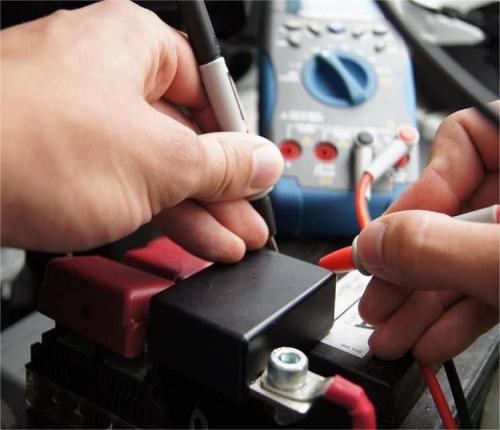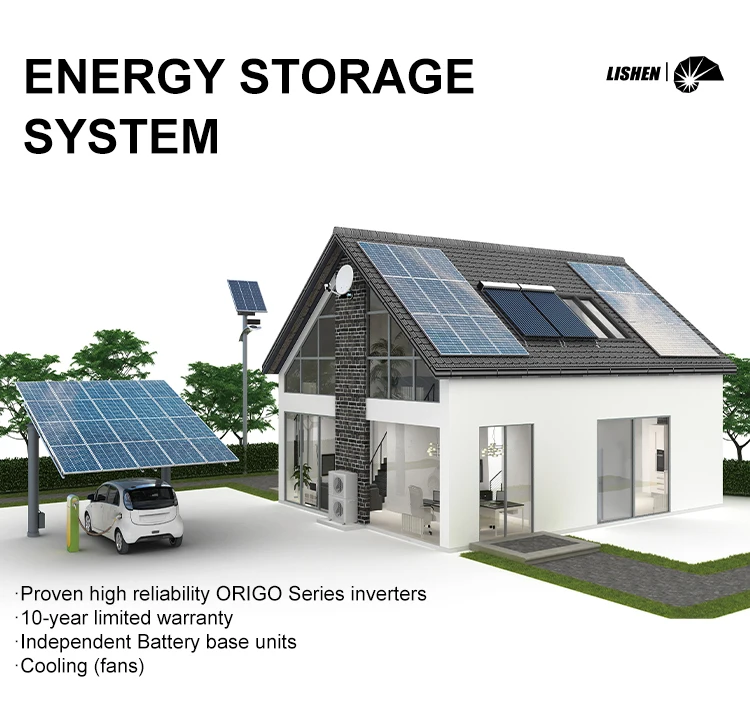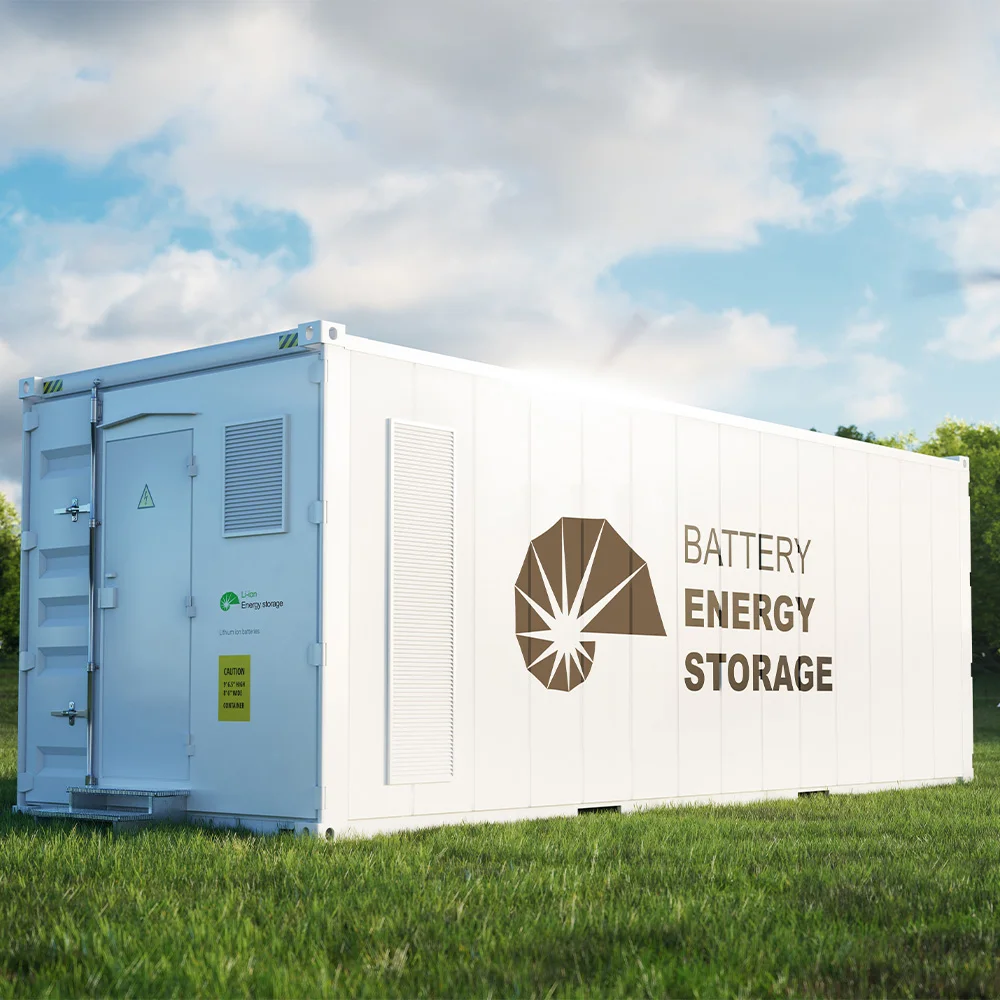Lithium-Ion Battery Care Guide
Energy storage batteries are devices capable of storing electrical energy and are widely used in power systems, new energy vehicles, communication base stations, home energy storage, and other fields. With the global energy transition and the construction of new power systems, energy storage battery technology has developed rapidly. This article will introduce the types, characteristics, and applications of energy storage batteries in detail.
I. Types of Energy Storage Batteries
Energy storage batteries can be classified into the following types based on their working principles and material properties:
Lead-acid batteries are an ancient type of chemical power source, featuring low cost, mature technology, and simple maintenance. They mainly consist of positive plates (lead dioxide), negative plates (spongy lead), and electrolyte (sulfuric acid solution). The working principle of lead-acid batteries is to utilize the reversible chemical reaction between lead and lead oxides in the electrolyte to achieve charging and discharging processes.
Despite their low energy density, short cycle life, and environmental pollution, lead-acid batteries still have wide applications in specific fields such as electric bicycles, backup power supplies, and solar energy storage systems.
Lithium-ion batteries are one of the most mainstream energy storage batteries on the market, featuring high energy density, high voltage, long cycle life, and no memory effect. They mainly consist of positive electrode materials (such as lithium cobalt oxide, ternary materials, lithium manganese oxide, etc.), negative electrode materials (such as graphite, silicon-carbon composite materials, etc.), and electrolyte (such as lithium hexafluorophosphate, etc.).
The working principle of lithium-ion batteries is to utilize lithium ions shuttling between the positive and negative electrodes during charging and discharging to achieve energy storage and release. Lithium-ion batteries are widely used in smartphones, laptops, electric vehicles, home energy storage, and other fields.
Sodium-sulfur batteries are high-temperature secondary batteries, featuring high energy density, high efficiency, and long life. They mainly consist of positive electrode materials (such as porous carbon), negative electrode materials (such as liquid sodium), and solid electrolyte (such as β-alumina).
The working principle of sodium-sulfur batteries is to utilize sodium ions shuttling between the positive and negative electrodes during charging and discharging to achieve energy storage and release. Sodium-sulfur batteries are mainly applied in large-scale energy storage, smart grids, and renewable energy fields.
Flow batteries are a new type of secondary battery, featuring scalability, long life, and environmental friendliness. They mainly consist of positive electrode solution (such as vanadium ion solution), negative electrode solution (such as bromine ion solution), and ion exchange membrane.
The working principle of flow batteries is to utilize ions shuttling through the ion exchange membrane between the positive and negative electrode solutions during charging and discharging to achieve energy storage and release. Flow batteries are mainly applied in large-scale energy storage, smart grids, and renewable energy fields.
Supercapacitors are energy storage devices between batteries and traditional capacitors, featuring high power density, long life, and fast charging and discharging. They mainly consist of positive and negative electrode materials (such as activated carbon, carbon nanotubes, metal oxides, etc.) and electrolyte (such as acidic, alkaline, organic electrolyte, etc.).
The working principle of supercapacitors is to utilize the high specific surface area of electrode materials and the double-layer effect to achieve energy storage. Supercapacitors are widely used in electric vehicles, rail transit, power systems, portable electronic devices, and other fields.
Metal-air batteries are energy storage batteries with high theoretical energy density, mainly consisting of metal electrodes (such as lithium, sodium, zinc, etc.) and air electrodes (such as oxygen, carbon dioxide, etc.). The working principle of metal-air batteries is to utilize the redox reaction between metal electrodes and air electrodes to achieve energy storage and release.
Metal-air batteries are still in the research and development stage and have not yet achieved large-scale commercial application. However, their high energy density and environmental friendliness make them have great application potential in new energy vehicles, unmanned aerial vehicles, and portable electronic devices.







